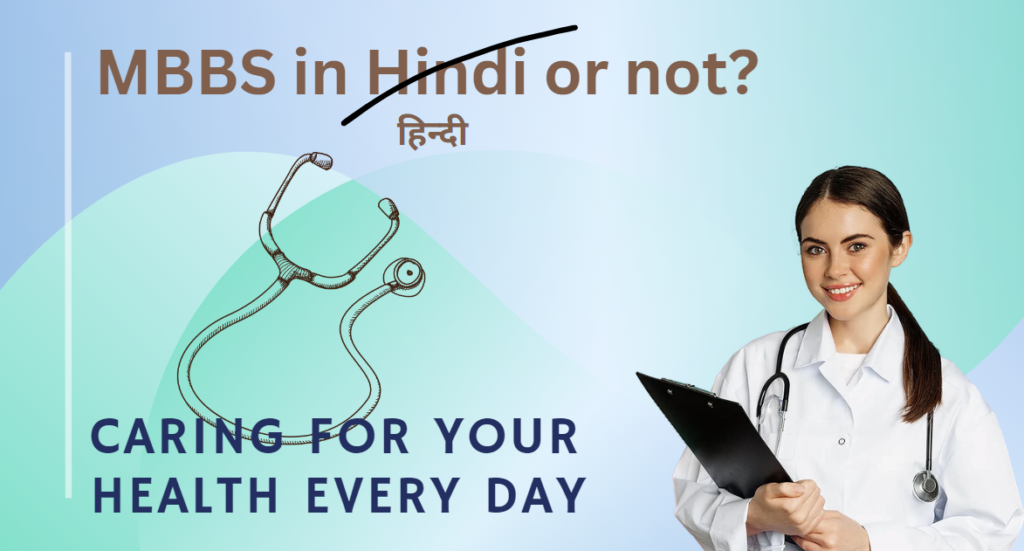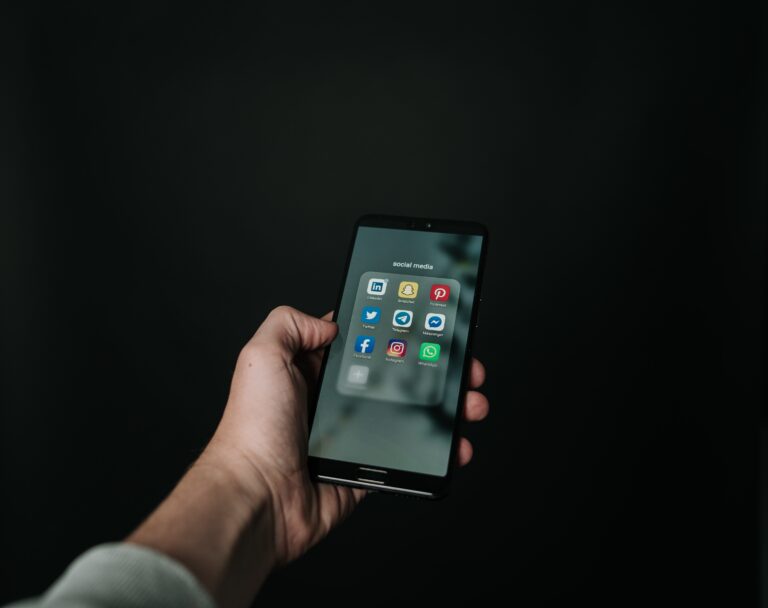
In line with Madhya Pradesh, the Government of Uttarakhand and Uttar Pradesh have recently made a provision to allow Hindi as a medium of study for MBBS. This choice has sparked debates and discussions regarding its merits and drawbacks. To ascertain whether opting for a Hindi medium MBBS program is the right decision or not, several aspects need to be considered.
One of the primary arguments in favour of a Hindi medium MBBS program is its potential to increase accessibility and inclusivity in medical education. India, with its linguistic diversity, has numerous talented students whose command over English might not be as strong as their proficiency in Hindi or other regional languages.
Challenges in a Hindi Medium Curriculum
While promoting inclusivity, opting for a Hindi medium MBBS program also presents challenges. Medicine is a domain where precise terminology and understanding complex scientific concepts are imperative. The translation of medical terms and concepts from English to Hindi may sometimes lack specificity or clarity. This could potentially lead to gaps in knowledge and hinder students’ comprehension of global medical advancements, as a significant portion of medical literature and research is predominantly in English.
Enhancing Medical Education
Efforts to strengthen Hindi as a language of education, particularly in medical studies, can be a step towards enhancing educational resources in the native language. Developing comprehensive Hindi terminology and resources for medical education could bridge the gap and ensure that students pursuing a Hindi medium MBBS program receive quality education without linguistic barriers.
Pros:
Accessibility and Comfort: For individuals whose primary language is Hindi, studying in the same medium can enhance comprehension and comfort. It reduces the language barrier, allowing better understanding of complex medical concepts.
Local Relevance: Hindi being widely spoken across India, opting for Hindi medium education can cater to a larger segment of the population. It might facilitate better patient communication, especially in rural areas where Hindi is predominant.
Cultural Connection: Studying in Hindi might create a stronger cultural connection for students, making learning more relatable and potentially fostering a sense of community.
Cons:
Language Limitation: The medical field relies heavily on scientific terminology, a vast majority of which is standardized in English globally. Opting for Hindi might limit exposure to this international medical lexicon, potentially posing challenges in research, communication, and global collaboration.
Professional Limitations: In India, while Hindi is widely spoken, English remains the language of choice in many professional and academic domains.
Competitive Challenges: A doctor with MBBS in Hindi may face some trouble in undergoing licentiate exams and practice in various foreign countries. Although, there’re various countries that doesn’t even allow English as a primary language.
Choosing the medium of instruction for an MBBS program in Hindi is a decision that comes with its set of advantages and limitations. While it can foster a deeper understanding for some and cater to a wider demographic, it might limit certain professional avenues and exposure to global medical standards for others.
In essence, the decision to opt for MBBS in Hindi medium can be a suitable choice if complemented with efforts to enhance English proficiency, thereby ensuring a well-rounded medical education and career trajectory.









